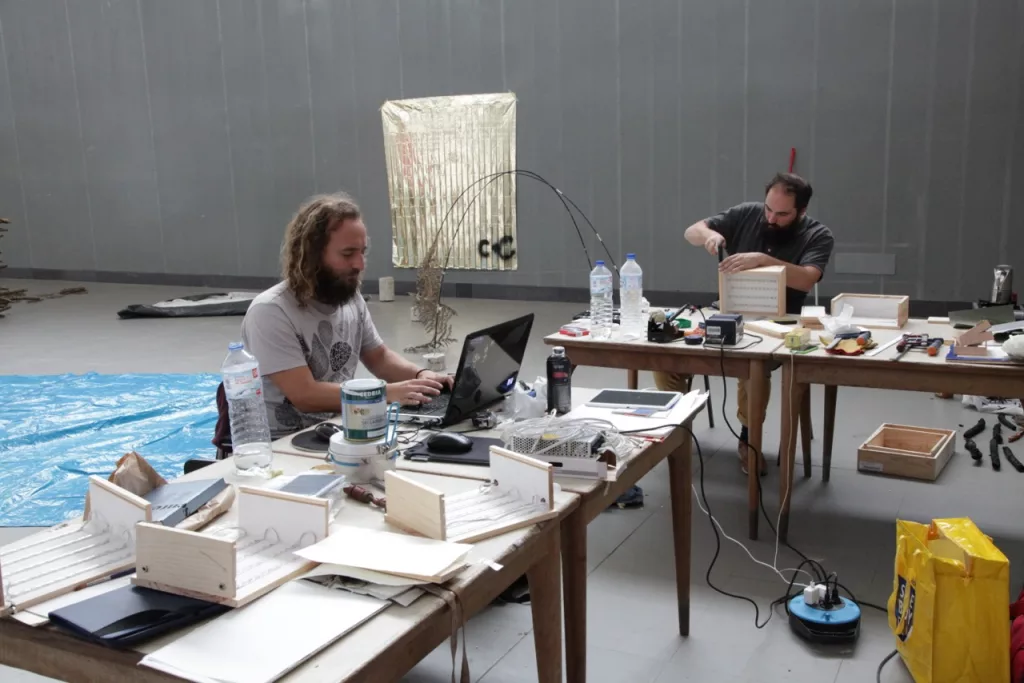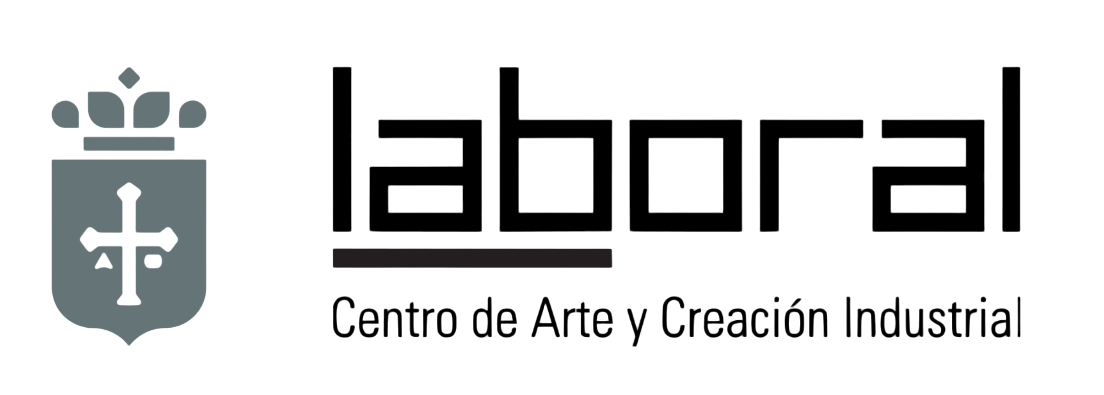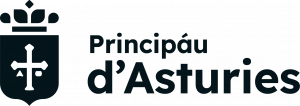Félix Carpio and Román Corbato
14 September 2015 – 04 October 2015
Félix Carpio has a degree in Image from the CIDISI School and is currently studying a degree in Fine Arts at the University of Vigo. He has completed his training with workshops given by Javier Vallhonrat, Oscar Molina or Jose Luis Guerín, among others. He has received several awards and grants, such as the First Canson International Photography Award; the III Encontro Artistas Novos grant; being part of the Taylor Wessing Photographic Portrait Award in 2010; the VII Purificación García Photography Award; and the XXII Plastic Arts Exhibition of Asturias.
His work has been exhibited in places such as the National Portrait Gallery in London, the Círculo de Bellas Artes in Madrid, the Deutsche Kunsthalle in Berlin or within festivals such as Scarpia and Outono fotográfico. In 2014 he published a photobook titled Paisaje en la Memoria, within the Scarpia festival, and participates in the book Presentes Futuros of the Pa-Ta-Ta festival (Granada).
http://www.thefelixcarpio.com/
Roman Corbato is an architect by the Escuela Técnica Superior de Arquitectura de A Coruña and Master by the University of Vigo in Contemporary Art: Creation and Research at the Faculty of Fine Arts in Pontevedra. He is currently pursuing doctoral studies at the Faculty of Fine Arts in Pontevedra researching the relationship between landscape and place in contemporary art.
He has participated in several exhibitions, among them Eidos Da Imaxe. Grafías dos feitos e do pensamento, curated by Alberto Ruíz de Samaniego, held at MARCO in Vigo; Premios Novos Valores, at the Museum of Pontevedra; XXX Muestra de Arte Joven, in La Rioja, in 2014; Camiño. A Orixe, at the City of Culture of Galicia, Santiago de Compostela; XVIII International Art Biennial of Cerveira, in Portugal; and II Francisco Asorey Sculpture Contest, in Cambados, Pontevedra, in 2015. He has received several grants, such as the one granted by the Dubrovnik Society of Architects for participation in the III Festival of Architecture, in 2007; the artistic residency Estudio Abierto #4, granted by the Red Museística de Lugo; the XIV Beca AlNorte for exhibition projects granted by the Diario El Comercio; the one to attend the V Encontro de Artistas Novos, in the City of Culture of Galicia; and the one granted by the University of Vigo and Kusntpodium T for participation in the artistic project Apprentice Master 2015, in Tilburg, Holland; all of them in 2015.
He has also won awards in various art and architecture competitions, such as first prize in the ideas competition for the artistic creation intervention in the urban environment of the Monteporreiro neighborhood, in Pontevedra; second prize in the XXX Muestra de Arte Joven in La Rioja, both in 2014; first prize in the Young Plastic Artists Exhibition Program in the Sala Borrón; and first prize in the competition for artistic intervention on the facades of the Novoboandanza Municipal Civic Center, in A Coruña in 2015.

Project in residence
Una aproximación a la idea de refugio
Félix Carpio and Román Corbato work during their residency at LABoral on the research and artistic creation project Una aproximación a la idea de refugio, awarded with an AlNorte grant. Focused on the landscape and the territory of the eastern region of Asturias, specifically in the council of Navia, the work raises reflections on concepts such as the picturesque and nature, the individual and its scale against the landscape that observes and builds with his eyes and the idea of shelter as an artistic experience.
The main objective of the project is to inhabit a place, to build landscape through the process of direct experience of a specific territory. The idea of shelter is of special interest, delimiting and delimiting the space, as well as acting as a catalyst element of the landscape, synthesizing and concentrating in its materiality and constructive operation the essential aspects of the inhabited place, of the developed experience.
This shelter becomes the space for the development of a series of actions that will help to understand the place that is being inhabited. Bearing in mind that the fundamental tool through which the relationship with the landscape is produced is the body of the person who walks, observes, measures, selects and experiences a certain territory, the aim is to get to know the place through different actions and experiences that include ephemeral sculptural actions or the collection and archiving of materials from the place, among others.



